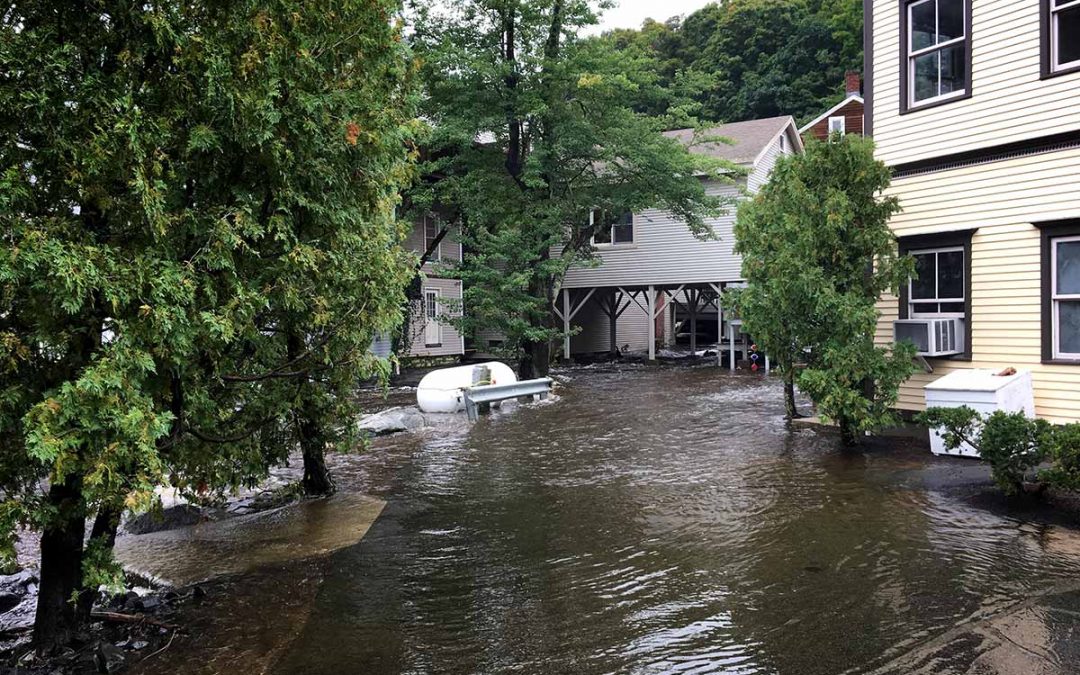The Lower Connecticut River Valley Council of Governments (RiverCOG), with our consultants Dewberry Engineers, Inc., is currently updating 15 of our 17 communities’ Natural Hazard Mitigation Plans. They are a requirement by the Federal Emergency Management Agency (FEMA) for municipalities to apply for FEMA hazard mitigation grants and must be updated every five years to stay eligible for grant funding. The plans provide an important opportunity for communities to come together and assess their ability to withstand and recover from a natural disaster and prioritize actions to mitigate damage caused future natural disasters.
Communities participating in this update include:
- Chester
- Clinton
- Cromwell
- Deep River
- Durham
- East Haddam
- East Hampton
- Essex
- Haddam
- Killingworth
- Lyme
- Middlefield
- Middletown
- Old Lyme
- Portland
Click here for the recently updated Natural Hazard Mitigation Plans for Old Saybrook and Westbrook.
The updated plan will be a multijurisdictional plan with 15 annexes. One for each community.
Natural hazards are extreme natural events that pose a risk to people, infrastructure, and resources. Hazard mitigation planning and resultant actions reduce or eliminate long-term risk to people, property, and resources from natural hazards and their effects. Floods, nor’easters, and hurricanes rank amongst the region’s greatest concerns. Although less of a concern the plan will also look at wild fires, drought, and extreme hot and cold among others.
Hazard mitigation plans look to:
- Reduce loss of life
- Reduce damage to property and infrastructure
- Reduce costs to residents and businesses for things like insurance, repair costs, and taxes
- Reduce municipal service costs (e.g. emergency response and infrastructure maintenance)
- Educate residents and policy makers concerning natural hazards and mitigation possibilities
- Connect hazard mitigation planning activities to other community planning efforts and
- Enhance and preserve natural resources systems.
Every community is unique but some common mitigation actions include replacement of undersized culverts, flood proofing a school or fire station, purchase of a flood prone property for open space, or creation of educational material concerning natural hazards and mitigation actions for a community’s citizens.
The updates began in December with a regional planning team meeting and into January with a visit to each town to review existing plans with municipal staff. There will be opportunities for public involvement through regional public meetings with presentations, a web-based survey, and opportunity to comment on the draft plan. The plan must first be approved by FEMA and will need to be adopted by each community.

